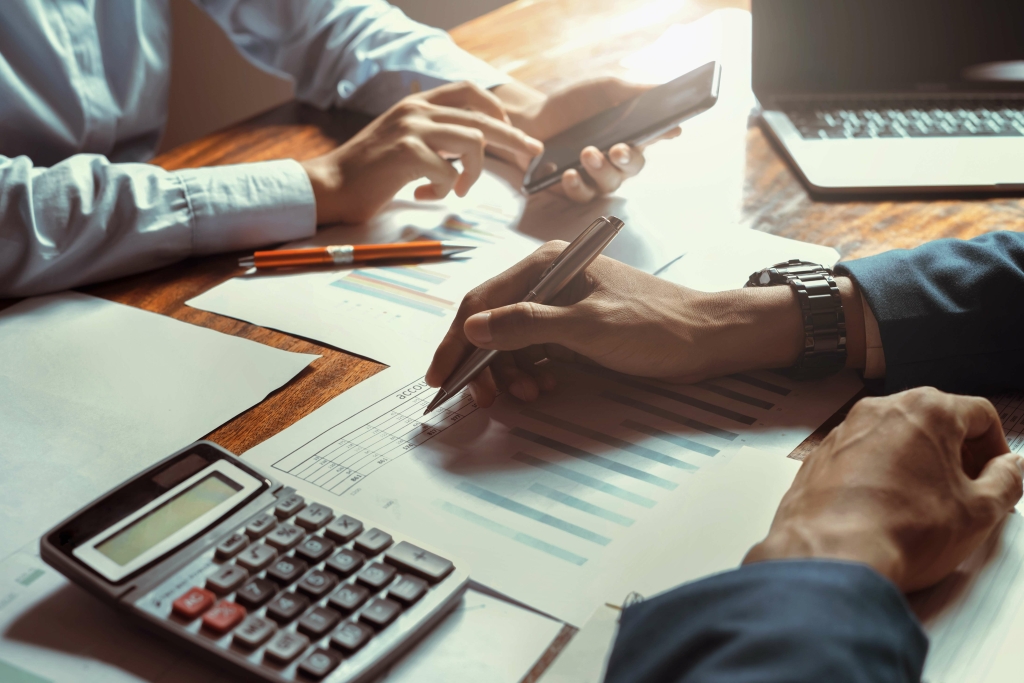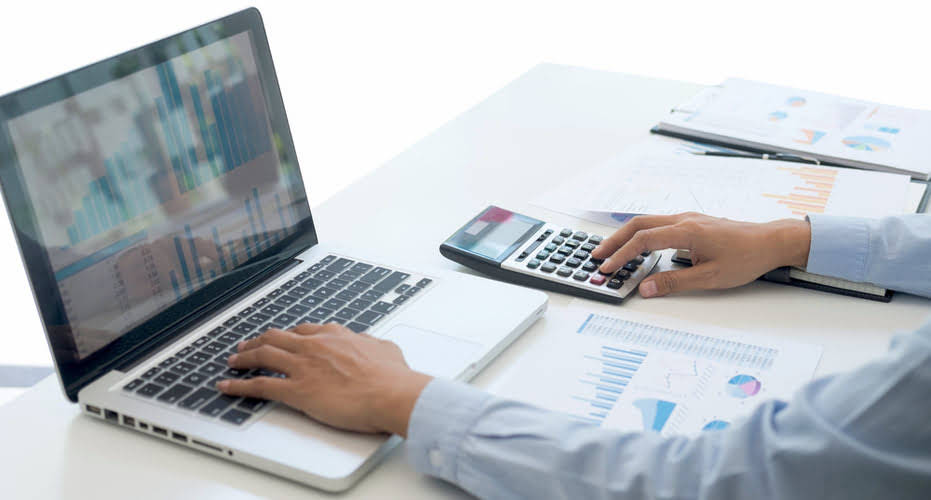
Loan amortization involves determining the fixed payments required to repay the principal and interest over the life of the loan. These payments are typically equal each period and consist of both principal and interest components. Instead of expending the entire $50,000 immediately, the company amortizes the patent cost over its 10-year lifespan. This means it records an amortization expense of $5,000 Travel Agency Accounting each year ($50,000 divided by 10).
Amortized Cost vs. Amortization: Understanding the Difference

HighRadius stands out as a challenger by delivering practical, results-driven AI for Record-to-Report (R2R) processes. On track for 90% automation by 2027, HighRadius is driving toward full finance autonomy. Free accounting tools and templates to help speed up and simplify workflows. Examining practical scenarios highlights how amortization shapes financial outcomes.

Depletion
Valuing patents, software, or intellectual property can be intricate due to the ever-changing landscape of technology. Amortization in accounting assumes a consistent revenue-generating capability of an asset over its useful life. Determining the useful life of an asset is a critical factor in amortization, but it poses a significant challenge.
What Is an Amortization Schedule?

Have you ever wondered how businesses measure the value of their assets and liabilities, including the Cost of acquiring a purchase or the amount owed on a liability? Depreciation applies to tangible assets, such as machinery, buildings, and vehicles, which have a physical form and gradually lose value due to wear and tear over time. It often involves methods like the straight-line and declining balance, reflecting the asset’s decreasing utility.
- It breaks down each payment or expense into its principal and interest elements and identifies how much each aspect reduces the outstanding balance or asset value.
- Each year, the company will recognize $50,000 as an amortization expense in its income statement, reducing the patent’s book value over time.
- The time value of money is another important concept, recognizing that money today is worth more than the same amount in the future due to its earning potential.
- A $500,000 loan is structured with monthly payments as if it were a 30-year loan, but the loan matures in 10 years.
- In each accounting period, a portion of that cost appears as an amortization expense on the income statement.
Use the right amortization formula, record the correct amortization accounting entries, and utilize modern tools like Basil to stay ahead in the accounting world. Depreciation impacts the cash flow statement through tax benefits, as it is a non-cash expense that can reduce https://live-hr-digital-services.pantheonsite.io/nonmanufacturing-overhead-in-depth-explanation-2/ taxable income, thereby preserving cash flow. Amortization, while also a non-cash expense, primarily affects the income statement by gradually reducing net income without directly influencing cash flows. This nuanced understanding helps stakeholders evaluate a company’s asset management strategies, ensuring a comprehensive analysis of its overall financial performance.
Impact of Amortization & Depreciation on Financial Statements
The scheduled payment amount remains consistent throughout the repayment tenure, providing borrowers with predictability and facilitating effective budgeting. For example, your company has an intellectual property of $50,000 in value. So, for example, the brand value of a company logo or mascot may be amortized, while the resale price of their manufacturing machines may depreciate. Amortization offers a structured approach to debt repayment, making it easier to plan finances and anticipate future obligations. The easiest solution for expense tracking and approval, reporting, and tax preparation.
Depreciation, Depletion, and Amortization – Explained

Amortization plays a crucial role in both financial management and reporting. For businesses, amortization provides a methodical approach to matching expenses with revenues, which helps present a more accurate picture of profitability. Unlike tangible assets, which are depreciated, intangible assets without physical substance are amortized. While depreciation applies to physical items like machinery or buildings, amortization applies to assets that have no physical form but still hold value. It may provide benefits to the company over time, not just during the period in which it’s acquired.
- It is a key accounting practice that helps businesses accurately reflect the declining value of tangible fixed assets—such as machinery, equipment, vehicles, and buildings—on financial statements.
- If the useful life changes, the company updates the amortization schedule prospectively.
- By grasping how each payment reduces both interest and principal, you’ll make informed decisions about borrowing, refinancing, or investing.
- The value of various types of asset decreases over the years for various reasons.
- Many online calculators allow users to input loan amount, interest rate, and term to generate amortization schedules instantly.
- The oil well’s setup costs can therefore be spread out over the predicted life of the well.
- Recognized intangible assets deemed to have indefinite useful lives are not to be amortized.
- Mastering these principles not only strengthens your accounting knowledge but also empowers you to provide better insights and financial advice.
- While both amortization and depreciation involve the allocation of an asset’s cost over its useful life, they pertain to different types of assets and are applied in distinct ways.
- Common examples include purchased patents, proprietary software development, and customer lists acquired through mergers and acquisitions.
- Some examples of fixed or tangible assets that are commonly depreciated include buildings, equipment, office furniture, vehicles, and machinery.
- Another method is the effective interest rate method, which considers changes in market interest rates and adjusts the amortization accordingly.
- Running a small business means you are no stranger to the financial juggling of your expenses, assets, and cash flow.
There are many instances where companies will need to take out a loan or pay off assets over multiple accounting periods. Using amortisation schedules in such cases can be a beneficial accounting method for the business. Businesses should consider legal, regulatory, and economic factors to avoid over- or under-amortizing. Loan amortization schedules often include fixed payments, but real-life factors can complicate the process.

Furthermore, amortisation enables your business to possess more income and assets on the balance sheet. This accounting function allows the company to use and capitalise on the patent while paying off its life value over time. The predictable payment schedule aids cash flow management, while early principal repayments reduce interest expense and free up funds for expansion. IFRS similarly requires amortization of intangible assets with finite useful lives. Making extra payments toward principal or refinancing can alter amortization schedules, reducing total interest paid and shortening loan terms. Determining which method to use ensures your financial records accurately reflect asset value and helps in crafting efficient financial strategies.
A company recognizes a heavier portion of depreciation expense during the earlier years of an asset’s life under this method. More expense should be expensed during this time amortization refers to the allocation of the cost of assets to expense. because newer assets are more efficient and more in use than older assets in theory. Depreciation is recorded to reflect that an asset is no longer worth the previous carrying cost reflected on the financial statements. The key difference between amortization and depreciation involves the type of asset being expensed. There are also differences in the methods allowed, including acceleration.
0

Leave a Reply